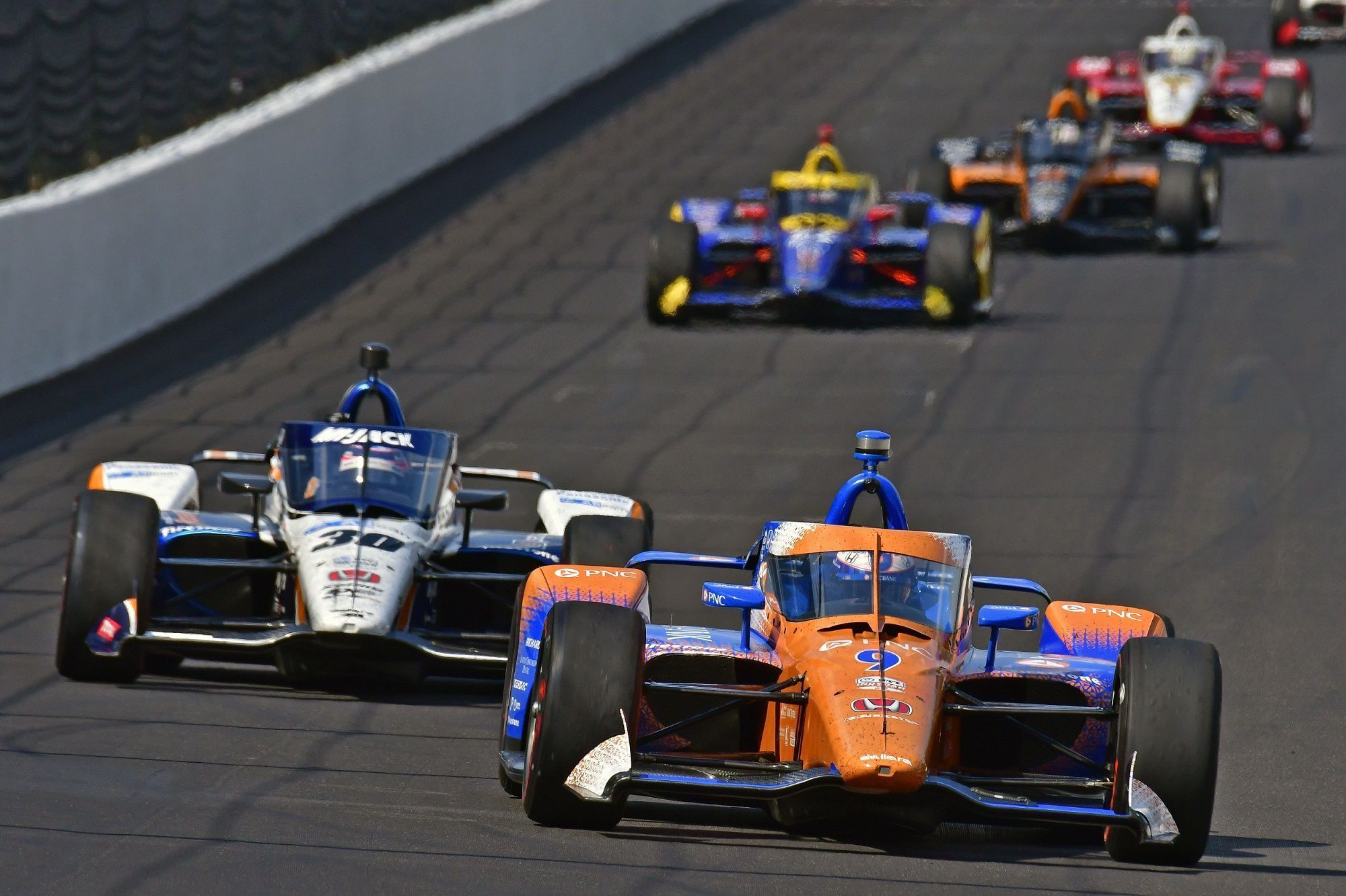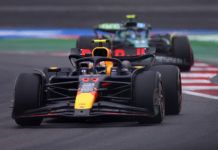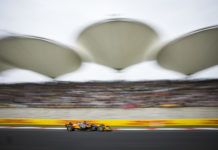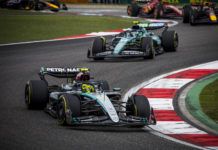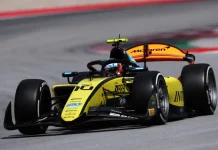RLLR driver Takuma Sato told of the fuel management he had to perform to keep Scott Dixon at bay, while also ensuring he would have the fuel to get to the end.
In his years racing at the Indy500, Sato has developed a reputation as a driver that his highly aggressive; in Formula 1 parlance, he’s adopted the style of the late Ayrton Senna more so than he has that of Alain Prost.
But at times, this approach is incompatible with the modern state of racing, which is currently defined by complex strategies, and the use of incredible quantities of data. So to win the 2020 Indy500, Sato had to change his mindset.
CGR’s Dixon undoubtedly had the measure of the #30 RLLR Dallara-Honda driven by Sato in the race, so it was up to the Japanese driver to play a strategy game as he managed fuel very well throughout the race, even as he led.
As history will forever tell us, Sato was successful in his attempts, and he finished the race out in front, albeit under a caution – one that may have allowed him to comfortably make it to the line with adequate fuel.
Dixon had expressed that he and his team were questioning the ability of Sato to make it to the end with the pace he was maintaining near the front, and stated that his adversary likely wouldn’t have finished without the caution, as he himself was struggling to hit his fuel targets as designated by his team and his engineer Michael Cannon.
Sato, though, told of the long journey he took to get to the somewhat anticlimactic finish after the race, and explained that he, too, was cutting it fine, as he even pitted one lap prior to Dixon.
He explained that he had to go down to lower engine modes when he extended his lead, and then turn up the power unit whenever Kiwi got too close for comfort. “It was a little bit fast on the last few laps,” said Sato to media including FormulaRapida.net.
“Before getting the yellow because we stretched the race a little too long, then we had to drive into the pit one lap before Scott. That put us a lot of difficulty in terms of the fuel mileage. I wanted to go to the full power, which Honda and HPD give us incredible performance, but still I have to save the fuel. I was back and forth.
“Dixon led the start, then he just disappeared. I was able to hang on. At that point I was playing with [fuel] mixtures, also how much we can get the fuel mileage out of it. I knew towards the end of the stint I have a very good speed of it. However, after the restart, when I got lead, I got a voice from the pit basically using too much fuel.
“I had to back off with leaner mixture, which you can see immediately Scott caught me and tried to give it a go. At that point I had to switch back to the maximum power. He was three cars, four cars behind, I go with the leaner mixture. We were close. Even without it, I was hitting a number. If you scan my radio, we were on the number. Even we gone through the entire green, I think we be okay.
“However, still I think I will be threatened from Dixie from the last few laps where he will be probably 100% to power, which I had some of that in the pocket, but otherwise it was very, very close,” explained Sato. To the conversation, Dixon spoke from his perspective, contributing: “It was definitely a good day. Everything we did, strategy, was on point.
“We definitely had a pretty fast car. We knew it was always going to get tricky at this point of the day. We thought we kind of made the right call. When we ran the first couple laps after the last restart, we couldn’t get the fuel mileage we needed to finish the race. We went to a leaner mixture, just kind of sat there.
“We didn’t think they were going to make it on fuel. Seemed like there was a hesitation maybe about 15 to go or 12 to go where I got beside him on the straight. It’s like they started to go to a lean mixture, then they decided it was just too slow, so they kind of went back at it,” said Dixon, who added of his attempts at overtaking Sato on-track.
“I probably should have been a little more aggressive on that high side there. I think he would have just run me up anyway, which maybe would have put both of us in the fence, or maybe just me. Maybe we should have gone harder. Maybe we would have run out of fuel and been in the same position. I don’t know what was the right call.
“Just shows you, when I was asked if I wanted to be leading with five laps to go, absolutely, especially with a scenario like this. Definitely hard to swallow for the team. Massive thank you to the 9 car crew. They did a tremendous job on pit road, strategy, everything we could. Got to say congrats to Sato, too. He drove a hell of a race. They were victorious. He’s drinking the milk, and that’s what counts,” said Dixon.
Even though Dixon thought Sato wouldn’t have made it, the Japanese already had plans for the final few laps of the Indy500 when the Kiwi would have pushed them for the win. “That is exactly thing we were working on,” said the RLL driver. “The first four stint was a little bit tough for me. I think everyone was trying to where you putting on a peak in a stint. We working on it, working on it.
“Once you got a new tyre, then how you use that tyre, use your tool to make the peak where you want it to go. That’s why when I overtake Scott, basically what I did is just save my resource. Of course, go fast as possible, but save my resource. That was a key. Even we didn’t have a yellow in the end, even maybe he caught me, perhaps he overtake me, but I’m confident I’ll be fight back to him.
“In the end, going to the white flag, I don’t know which one was leading the race, but at that point I was only hope my fuel was good, which I was told that the fuel number is good. I’m confident we had enough max power, how can I say, the mixture, as well as my tire, Firestone tyre, absolutely superb for the last few laps of the stint. I was fortunate,” summed up Sato.
While it was natural for Sato and RLL to be happy with no red flag but Dixon thought otherwise. “I definitely thought with five to go, I thought they were going to immediately because, one, the size of the crash, and two, where it was, it wasn’t going to
be a quick cleanup,” he said. “I was kind of surprised they didn’t.
“I kind of heard they said, Normally we don’t do that. History would tell you that’s not true either. For us it would have been really good because I think the leader would have been a sitting duck. That’s kind of harsh on Sato. If they got out there and had a dash with three laps to go, I think all is fair in a situation like that. I can’t change that. It is what it is. I think it would have been interesting to see how that played out. It would have been much better for us rather than Sato,” summed up Dixon.
Here’s how the 2020 Indy500 panned out

